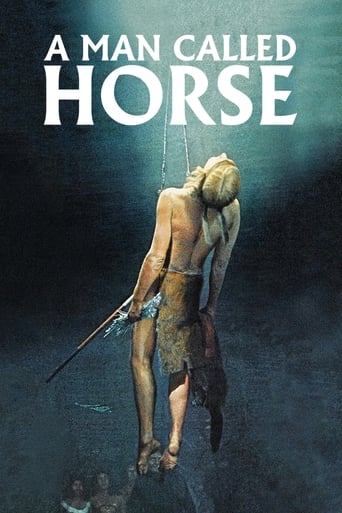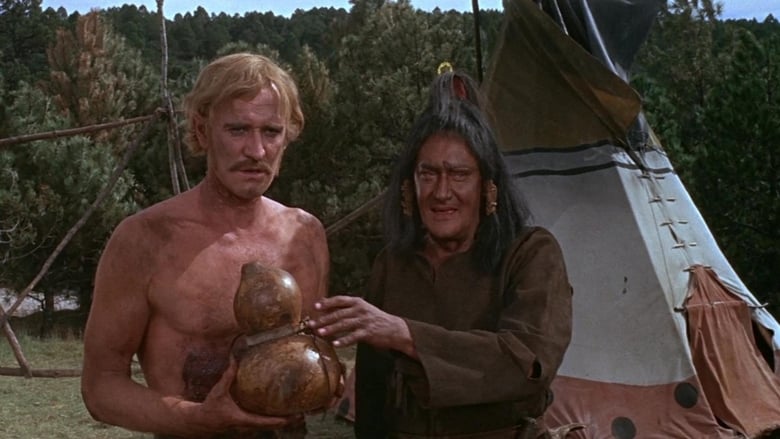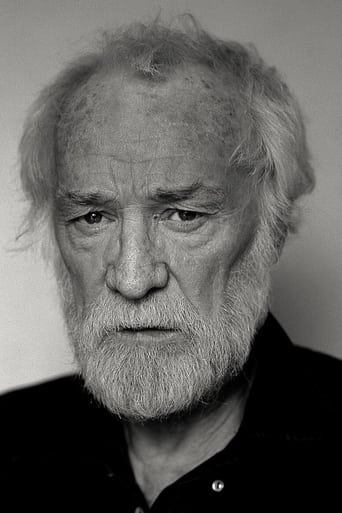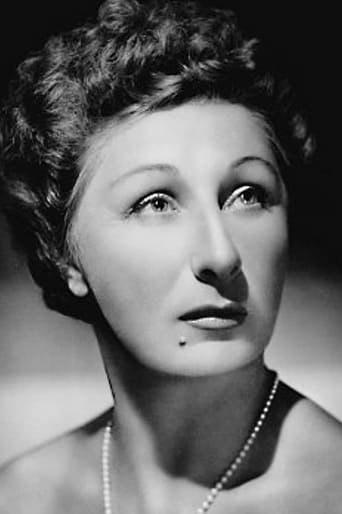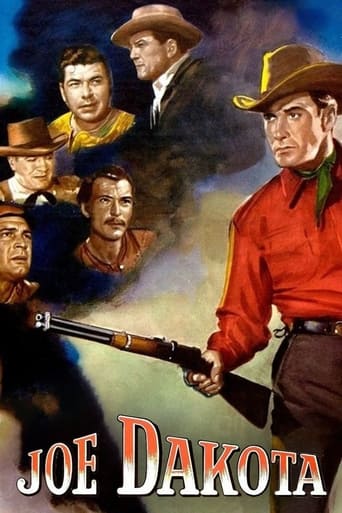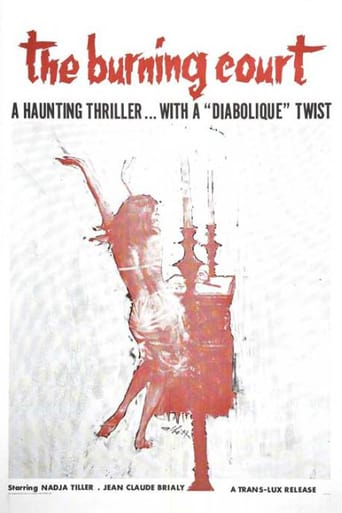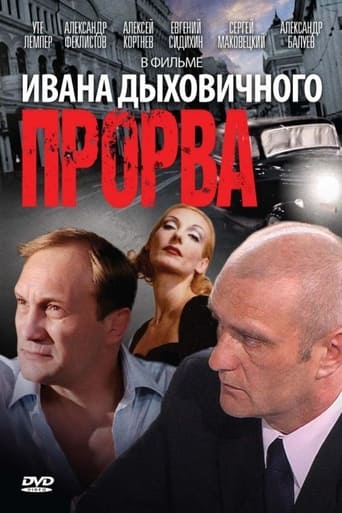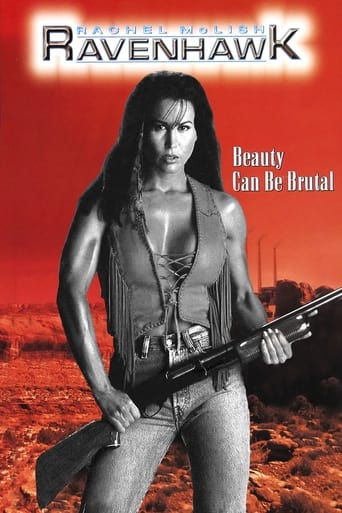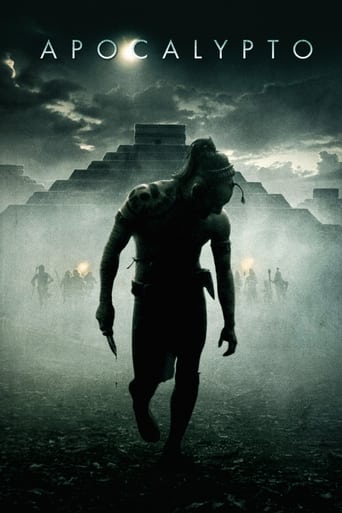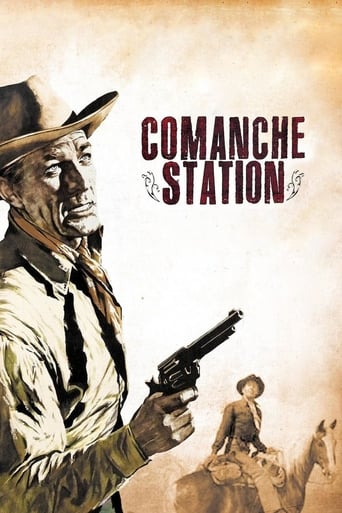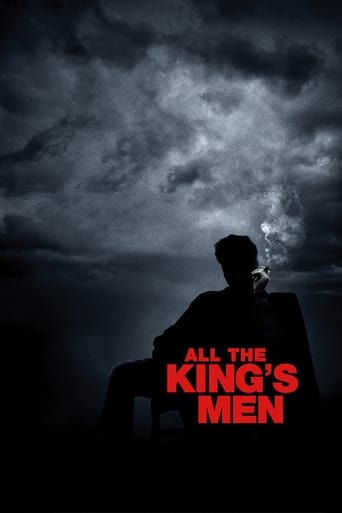A Man Called Horse (1970)
In 1825, English peer Lord John Morgan is cast adrift in the American West. Captured by Sioux Indians, Morgan is at first targeted for quick extinction, but the tribesmen sense that he is worthy of survival. He eventually passes the many necessary tests that will permit him to become a member of the tribe.
Watch Trailer
Cast


Similar titles
Reviews
Don't listen to the negative reviews
By the time the dramatic fireworks start popping off, each one feels earned.
All of these films share one commonality, that being a kind of emotional center that humanizes a cast of monsters.
The story, direction, characters, and writing/dialogue is akin to taking a tranquilizer shot to the neck, but everything else was so well done.
As a teacher I use Dorothy Johnson's short story (the basis for the script) as a piece of literature. I also show students most of this film, which amplifies a lot of the things that are only hinted at in Johnson's story--there is no substitute for actually seeing and hearing the chanting and drumming and dancing. In fact, simply the soundtrack, which in my estimation is about 90% drums or voice work, eschewing (until the last 20 minutes) the usual symphonic stuff, makes the film unique. The sheer intensity of the that piercing bone flute really does highlight how alien the culture and setting are to most viewers. So, as a piece of audio-visual enrichment, the movie does retain some cultural educational value, even if the entertainment aspect doesn't hold up against more modern films.We talk about the fact that the filmmakers did make an honest effort to portray what life might have been like in a Native village, from the location to the costumes, the attempts at language, the costumes, etc. It seems clear that somebody did do some background homework to try to make an authentic portrayal. It also seems clear that many actual historians (I am not) and people of Native descent, both of whose opinions I respect, find the film to be a mishmash of separate tribal practices that do not truly represent any one tribe. The love interest, Pretty Calf (called Running Deer in the film) is also obviously a European actress with manicured nails. Intentions do count for something, but well, not everything.That being said, it's certainly not any worse than the often low- budget stuff you'd find on the History Channel, though some of the effects (especially the ones involving violence) seem pretty fake and lame by the viewing standards of modern students. The Sun Vow ceremony does still hold up in the sense it gets strong reactions from students-- the make-up work and acting are such that it seems pretty realistic, much more so than any of the fight scenes.The DVD version I have includes all the things (largely nudity, and percentage-wise, mostly male nudity) that got the film an R-rating in 1970, so I do have to do a bit of fast-forwarding for my younger audience members, but there is nothing gratuitous about it, it is very tame by modern lights. The MPAA label says the R is for violence also, but there is way more, and more realistic violence in many current movies which only net a PG-13. I agree with other reviews that point out the double standards here.I would be remiss not to point out that the DVD print however is terrible, muddy and indistinct in many places, even for non-HD times. I have other DVDs of films from the era and none of them look this bad. If I hadn't worn out my VHS version I would still be using that.
A Stockbridge Indian friend of mine called this "Tarzan of the Indians." There is so much wrong with this movie that I simply cannot go through all of it. Here are a few major points:1. Enemies being Shoshoni. The Shoshoni were hundreds of miles away from Lakota (Sioux) country. To attack as in this film, they would have had to go through one of the following other countries: Crow, Blackfoot then Gros Ventre then Assiniboine, Arapaho, or Arapaho then Cheyenne. The biggest enemies the Lakota had were the Crow.2. Slavery. To the best of my knowledge, it simply never existed among the Lakota.3. The chief's declaration never to retreat. This was something a specific men's society swore, not individuals. And it was more of a Cheyenne thing than Sioux.4. Vow to the sun. This was a blasphemy against the holiest rite of the Lakota. First it was not done indoors. The building shown here may have been Mandan or Pawnee; The Lakota NEVER built such a structure. Secondly, there was never a requirement for anyone to go through the Lakota sun dance, a four-day event with the piercing on the last day. In my opinion, this presentation of the sun dance (Lakotas never had a "vow to the sun") is analogous to the medieval majority claiming that Jews killed Christian children for their Passover celebration - horrifyingly false and a terrible insult to Lakota people.How do I know these things? I have a history degree with special emphasis on American Indian history and culture. I have been studying and working in this field for over thirty years. And I am Mdewakanton Dakota. The best thing about this film is that it can be effectively used as a bad example of Indian movies, years after such should have disappeared from the scene. All the glowing positive reviews here of "A Man Called Horse" simply illustrate pure ignorance.
Richard Harris plays an English nobleman, spending time in America during the 19th Century, hunting game. He is captured by a tribe of Indians, and treated as a slave. Gradually, through means of fumbled communication, and by enduring several challenges and tests, he becomes accepted as one of their own, and even helps lead the repulsion of a rival tribe. Harris is excellent in the lead role, playing both nobleman and hardened warrior well. The most interesting point of the movie is the general lack of dialogue. The Native Americans speak in their own tongue, which Harris' character does not understand at all to begin with, and no attempt is made by the director to enlighten the viewer as to what is being said. A brave, and incredibly forward thinking decision. As a result you, as the viewer, are propelled into Harris' world, where strange language and bizarre rituals have to be observed carefully before they can be understood. Dated, for sure, but this is still an interesting movie, and the fact that the two hour running time passes in the blink of an eye seems to indicate it is also engrossing.Well worth the effort.
The year is 1825 The story begins with a British aristocrat named John Morgan who finds himself captured by Sioux warriors At first he's mocked and treated like an animal and then he's dragged to their camp where he is given to work for an old squaw (Judith Anderson). Before too long the 'grand white gentleman' up with another captive Batise (Jean Gascon) whose family was all massacred five years ago by the Indians acts as translator for Morgan One day after killing two Shoshone Indians from another tribe and scalping one of them, John gains trust and respect from his captives thus paving the way to be soon a warrior, then a loving husband The film's centerpiece is the Sun Vow that Morgan must bear to prove his courage to withstand all tests of pain in order to gain the hand of Running Dear (Corinna Tsopei) sister of Chief Yellow Hand (Manu Tupou). As the English nobleman is white, he is considered weak and he'll give up in the moment of truth There are also other truly memorable moments in the film: how the Indian virgin prepares herself for marriagehow she takes her sweat bath to be pure; and the tragic events when an Indian mother loses and has no other son or man, how she cuts off her forefinger and when winter comes she dies from the freezing cold

